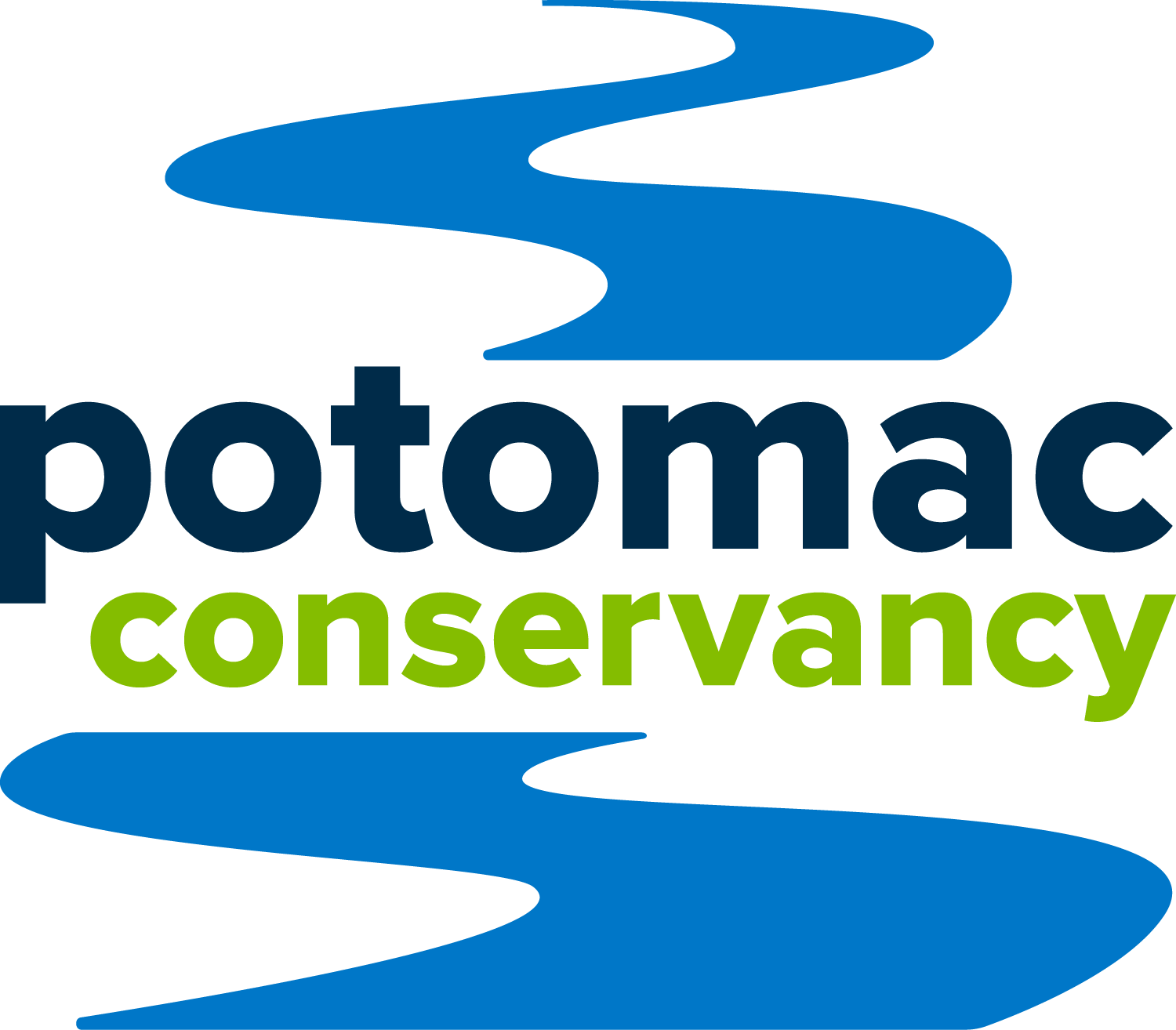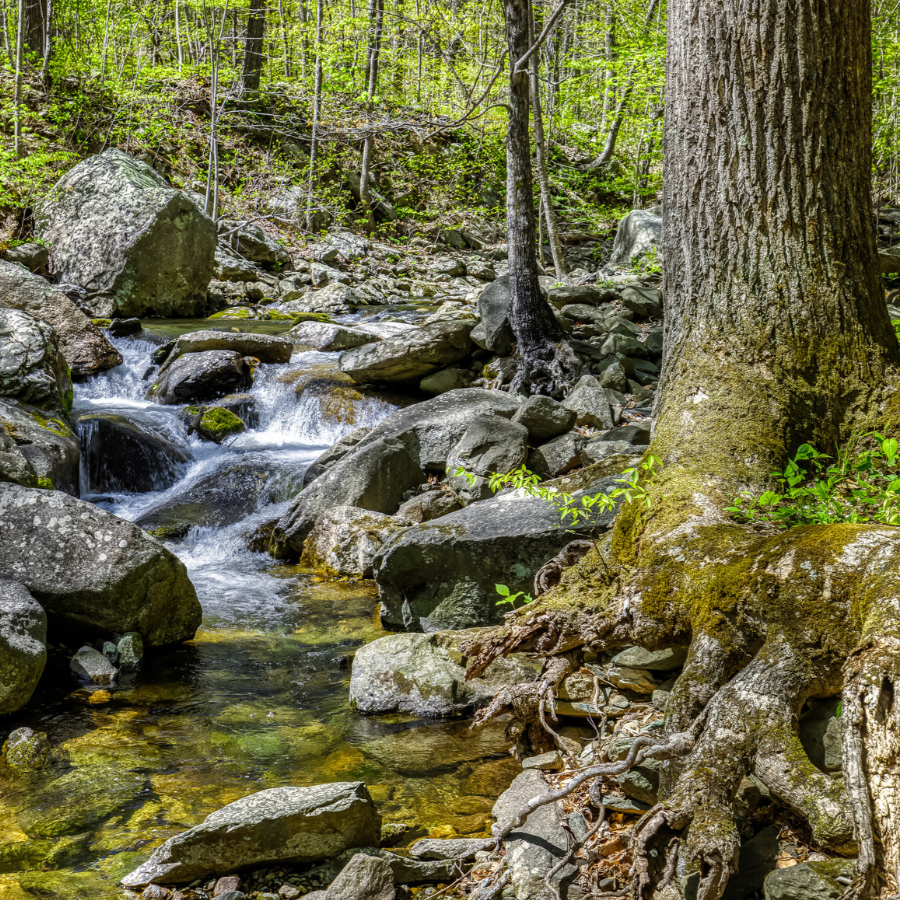Potomac River holds steady at “B” for water quality – still short of fishable and swimmable
/New Report Card issued amid $8 million campaign to resume progress by protecting trees, planting more buffer strips, cutting polluted runoff
Potomac river at sunset
WASHINGTON, D.C., Nov. 12—The Potomac River is in the midst of a remarkable comeback and is entering a decisive decade in its restoration. The new 2025 Potomac River Report Card by Potomac Conservancy confirms outdoor recreation in the Potomac River region has surged 10% since 2020, and major infrastructure improvements are addressing urban pollution. But the river's future is now in question as rising threats to water quality threaten to reverse decades of progress, preventing the Potomac's return to being a fully fishable and swimmable river.
After decades of hard-fought recovery, the health of “the nation’s river” remains at a “B” on its 2025 report card from the non-profit Potomac Conservancy, with much of the blame falling on rapid forest loss and polluted runoff from sprawl.
“That’s remarkable progress from a dismal ‘D’ in 2011,” said Hedrick Belin, the group’s President. “Bald eagles soar, more wildlife habitat is protected, and people flock to picnic, paddle, hike, and connect to their hometown river.
“But it’s undeniable that the river’s comeback has hit a plateau. In the last decade, the Potomac’s overall health has stopped improving. The hard truth is that the river that supplies drinking water to five million people still isn’t reliably safe for swimming or eating its fish.”
The 2025 Report Card is the fifth “B” level grade in a row for the Potomac. It points to rising levels of polluted runoff pouring off the nation’s seventh largest urban area, exacerbated by loss of trees and vegetation along the river and in the watershed. The situation is made worse by heavier rainstorms linked to climate change.
The impacts hit hardest in communities that have historically borne the brunt of pollution. As Pastor Gerald Martin, a local pastor, reflects in the report card: "One of my fondest memories is buying fish from the Wharf on the shore of the Potomac, but due to the pollution and uncertainty of the quality, I believe this current generation and future generations may never experience it."
The Conservancy started issuing report cards in 2007 at www.potomacreportcard.org. The Potomac River’s grades since then:
The good news and bad: A river in the balance
✅ Pollution is down. Nitrogen, phosphorus, and sediment — the top river pollutants — are steadily declining, thanks to decades of cleanup work.
✅ Nature is rebounding. Over 20% of the Potomac’s forest and farmland is now conserved, with more than 245,000 acres newly protected in just two years.
✅ People are outside. Outdoor recreation is booming, with public access expanding and nearly a 10% increase in river recreation since 2020.
⚠️ Polluted runoff is rising fast. Rapid deforestation and extreme weather — from droughts to downpours — are driving urban runoff, the only source of water pollution still on the rise.
⚠️ Native fish are struggling. Smallmouth bass populations are failing to recover, and striped bass and white perch are declining as a result of degraded underwater habitat.
⚠️ Progress is spotty. Virginia is making significant progress with expanding streamside forest buffers (with 300 new miles), but other states are falling short of their planting goals.
What’s blocking an “A”? Our natural defenses are under attack
What’s missing for an “A” on the Potomac River’s report card are more natural buffers against the stormwater that rushes across hardened surfaces, carrying fertilizers, oil, trash, and even diluted sewage into streams. Such stormwater surges are the leading cause of today’s pollution spikes and the reason why swimming and fishing are still banned in Washington, D.C.
“A 50-foot buffer strip can cut polluted runoff by 75%”, according to Michael Nardolilli, Executive Director of the Interstate Commission on the Potomac River Basin.
Traditional pollution sources—industrial sites, wastewater treatment plants, farms, and lawns—have been in decline thanks to the 1972 Clean Water Act, the state-federal Chesapeake Bay cleanup, and growing awareness. But Belin warned that progress can't be taken for granted.
"Making matters worse, national environmental protections are being stripped away: federal clean water safeguards are being weakened, critical conservation funding is stalling, and the Environmental Protection Agency's authority is being rolled back in favor of polluters."
Help get the Potomac to an “A” – Here’s how, at the local level
Healthy forests are nature’s infrastructure: they absorb and filter polluted runoff, trap carbon emissions, and keep local streams cool and resilient in a changing climate. When trees are lost, polluted runoff rises, and so do floods and water temperatures.
Figure 1. Miles of Forested Buffers Planted, by year. Potomac River Report Card, 2025. (https://potomacreportcard.org/)
Potomac Conservancy aims to restore those natural buffers and defend local land use protection to stop pollution at its source, safeguard clean water, and build lasting climate resilience — one stream, one forest, one community at a time.
“Local action is more critical than ever and that’s where Potomac Conservancy leads,” said Belin. “We combat polluted runoff and climate impacts by strengthening the region’s natural defenses. Over 35,000 people take an action each year on behalf of the Potomac River. That protects and expands streamside forests in particular — since trees are nature’s best solution to water pollution and climate extremes.
“We’re closer than ever to making the Potomac one of the first rivers in the nation to be once again fully swimmable and fishable year-round — but only if we act now.”
The Report Card makes clear that "restoring the Potomac River's health will take effective, equitable and comprehensive change, not temporary fixes. Together, our local movement can protect the Potomac River and ensure that every person, regardless of income or zip code, has the right to safe air, clean water, and access to nature without harm."
As the Report Card states: "We must hold polluters accountable and pass policies that prioritize community health."
Potomac Conservancy has set a goal of raising $8 million for its unprecedented Clean Water, Healthy Communities Campaign (https://potomac.org/clean-water-campaign) to dramatically increase the pace and scale of local forest conservation to protect the water. The campaign closes on Dec. 31.
A guide on its website (https://potomac.org/best-management-practices) tells property owners in the Potomac River watershed how to reestablish natural buffers, and support the fight to make the river fishable and swimmable once more.
In the News (Updated daily)
🗞️ Potomac River gets a ‘B’ for water quality for 5th year in a row - WTOP (Nov. 12, 2025)
🗞️ Potomac River still not safe for fishing or swimming - Axios (Nov. 12, 2025)
🗞️ “Potomac River water quality holds steady..”- WJLA ABC (Nov. 12, 2025)
🗞️ The Potomac River Still Isn’t Safe to Swim In: Report - Washingtonian (Nov. 12, 2025)
🗞️ Breakfast links: Potomac isn’t swimmable yet - Greater Greater Washington (Nov. 13, 2025)
🗞️Nonprofit Gives Potomac Water A “B - ALX Now (Nov. 13, 2025)
🗞️ “Report: “Potomac River holds steady at “B”…” - Popville (Nov. 12, 2025)
🗞️ PHOTOS: Potomac River’s Health Rebounds, but Swimmers Beware - The Zebra (Nov. 12, 2025)
🗞️ Potomac River remains unsafe for fishing, swimming with ‘B’ rating - Bethesda Magazine (Nov. 12, 2025)
🗞️ Despite decades of cleanup, the Potomac is stuck at a “B”- The Bass Cast (Nov. 12, 2025)
🗞️ Potomac River recovery stalls amid rising polluted runoff, report finds - The Bass Cast (Nov. 12, 2025)
🗞️ Potomac River gets B grade, unsafe to eat its fish or swim there - The Washington Times (Nov. 13, 2025)
🗞️ The Potomac River Receives A ‘B’ Grade On Its Health Report Card For The 10th Year In A Row - Secret DC (Nov. 13, 2025)


















